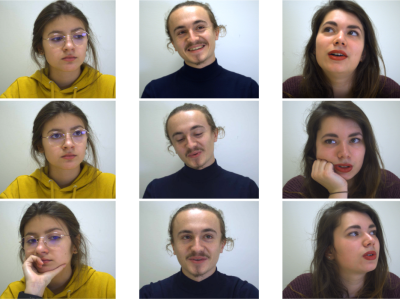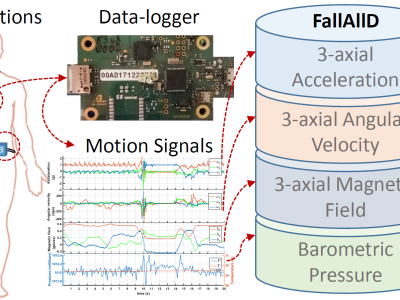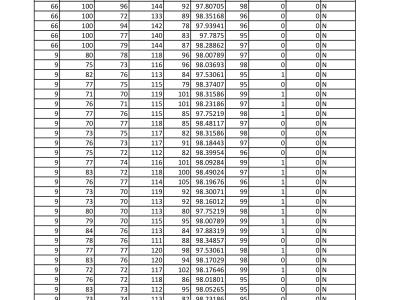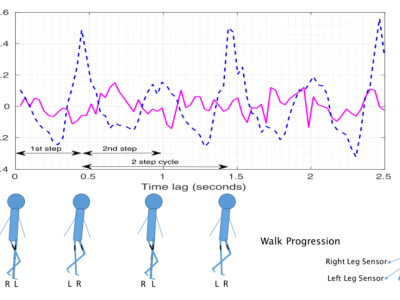Sensory processing and Touch sense in Autistic people
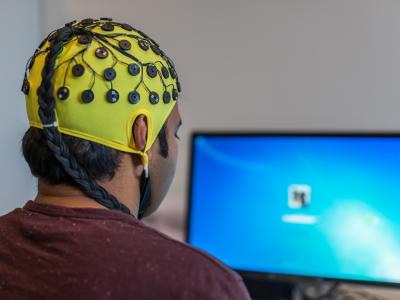
- Citation Author(s):
-
Kesavan Krishnan
- Submitted by:
- kesavan krishnan
- Last updated:
- DOI:
- 10.21227/7try-0279
- Data Format:
 124 views
124 views
- Categories:
- Keywords:
Abstract
A challenge with how the body processes sensory information is one of the most important behavioral signs of autistic people. This is usually manifested as being either overly sensitive or underly sensitive to touch. To address this anomaly, many researchers have proposed wearable sensor-based systems and applications in the field of virtual environments but have neglected to conduct a proper evaluation and proof of concept for autistic people. Therefore, the purpose of this study is to evaluate tactile processing dysfunction in autistic people and how the use of haptic technology can improve people’s tactile sensitivities. To study the sensitivity to tactile stimuli, we first conducted an evaluation based on a short sensory profile (SSP) assessment report before and after the performance of a haptic interaction. Following that, the Touch Sensory Patterns (TSP) evaluation method was used, which employs 9-axis IMU sensors and EMG sensors from a haptic device to investigate vibration sensitivity in order to identify the presence of touch sensitivity in a person while interacting with either physical or virtual objects.
Instructions:
This file contains a variety of materials associated with the dataset you downloaded. These contain:
* README.txt : This file.
* Sensory_Processing_SSP2: Detailed sensory processing information about analysing behavioural responses in children with autistic under the age of 10 with various tactile sensitivities Low registration; Sensation seeking; Sensory sensitivity; and Sensation avoiding
* Sensory_Processing_AASP: Detailed sensory processing information about analysing behavioural responses in adolescent or adult with autistic above the age of 11 with various tactile sensitivities Low registration; Sensation seeking; Sensory sensitivity; and Sensation avoiding
* Force Direction: Touch sensory pattern scores for two different force directions in autistic people.



